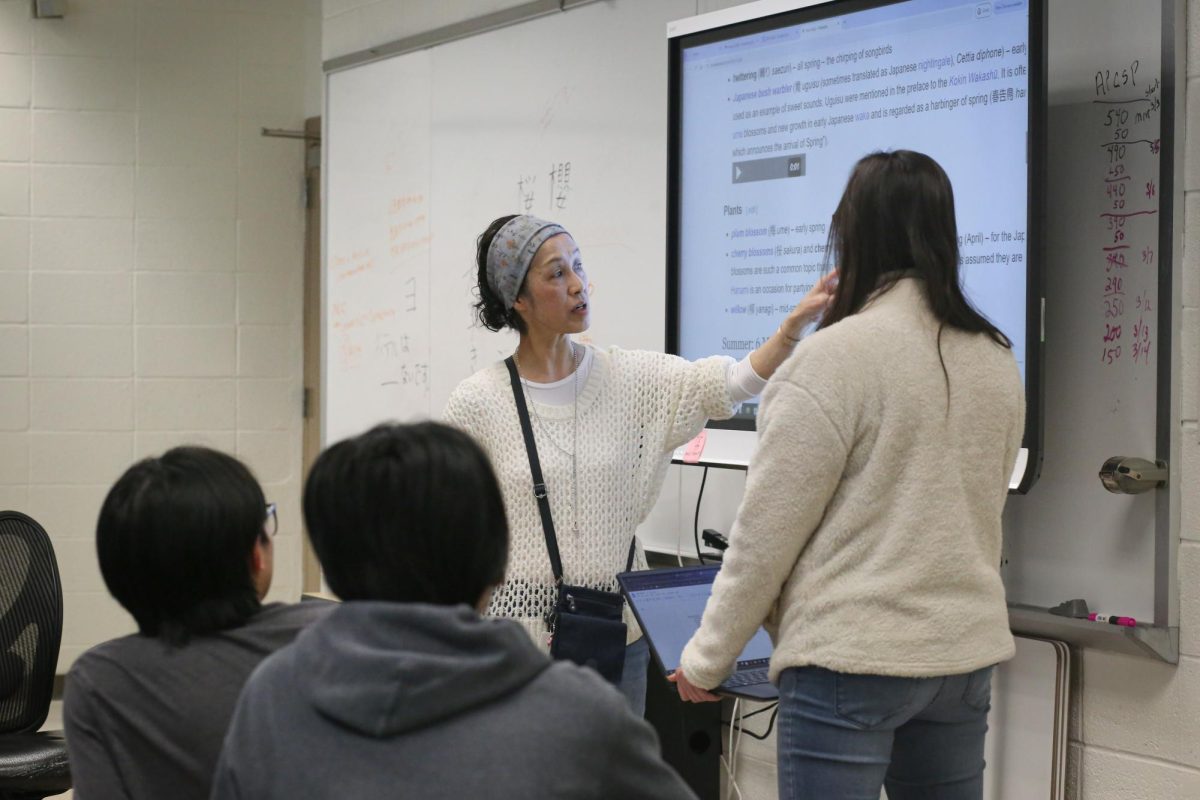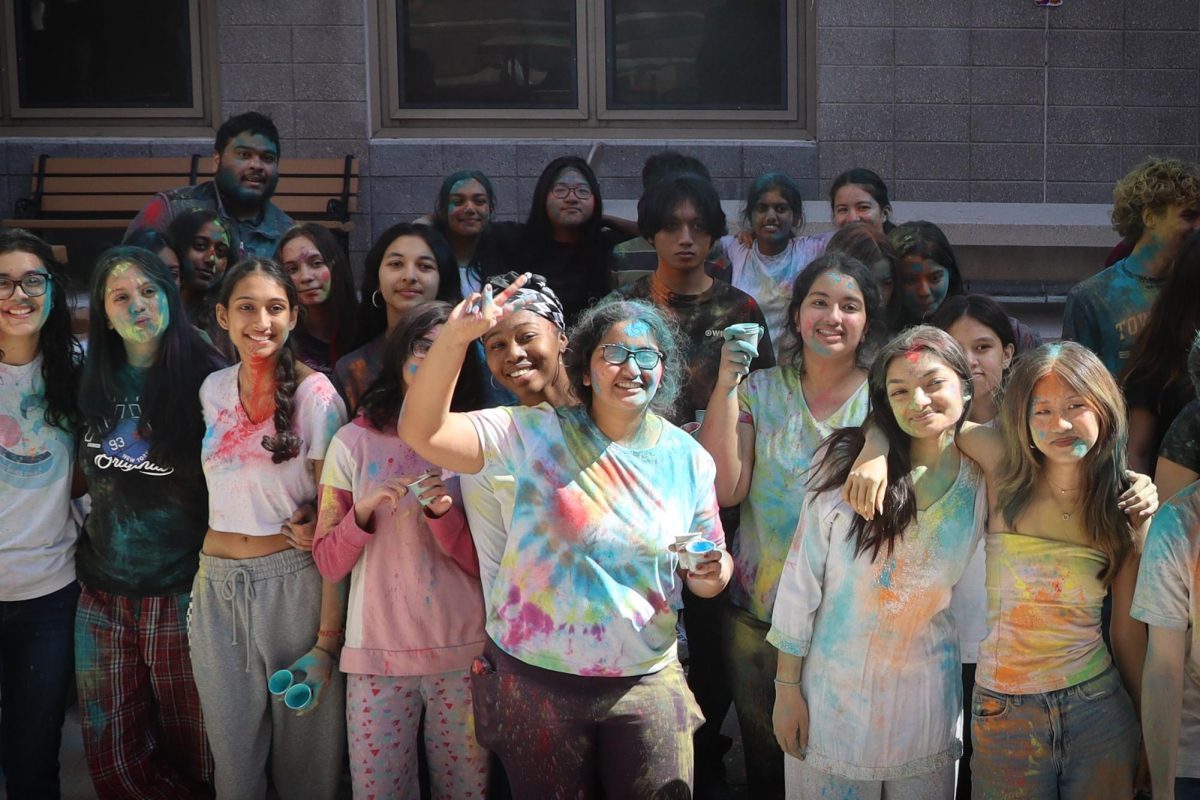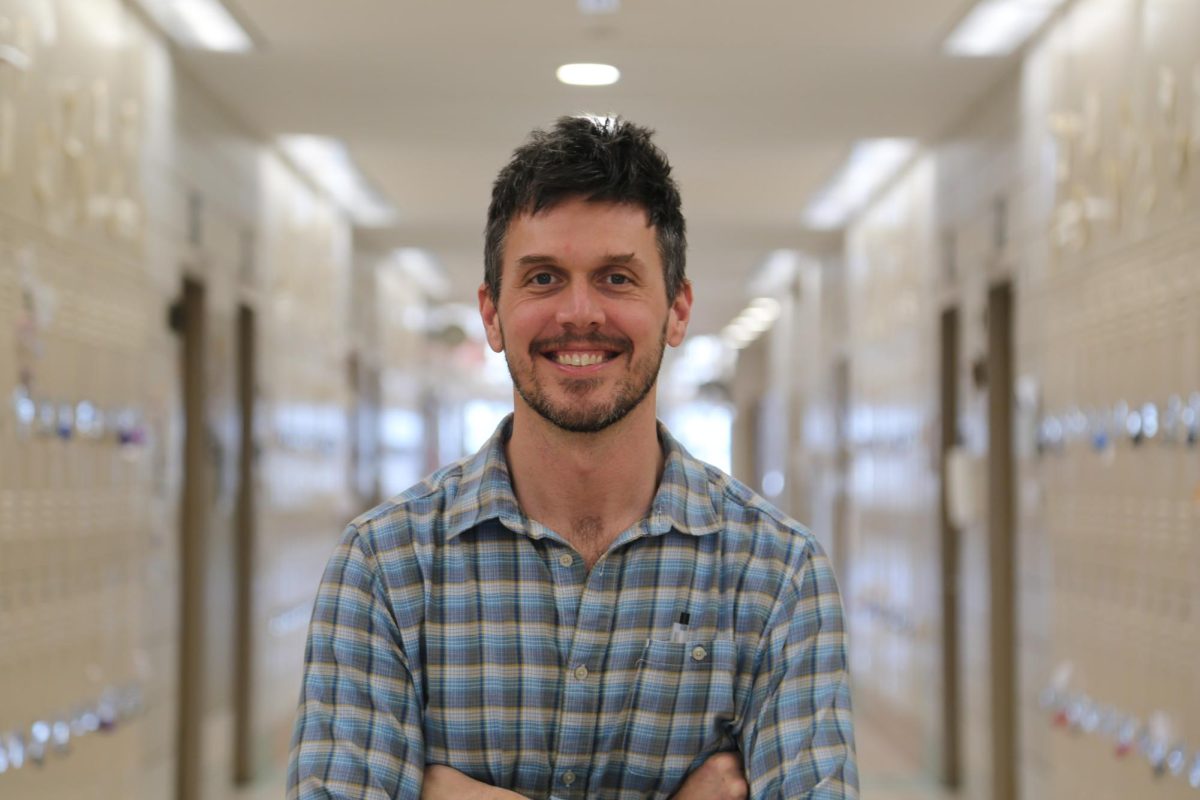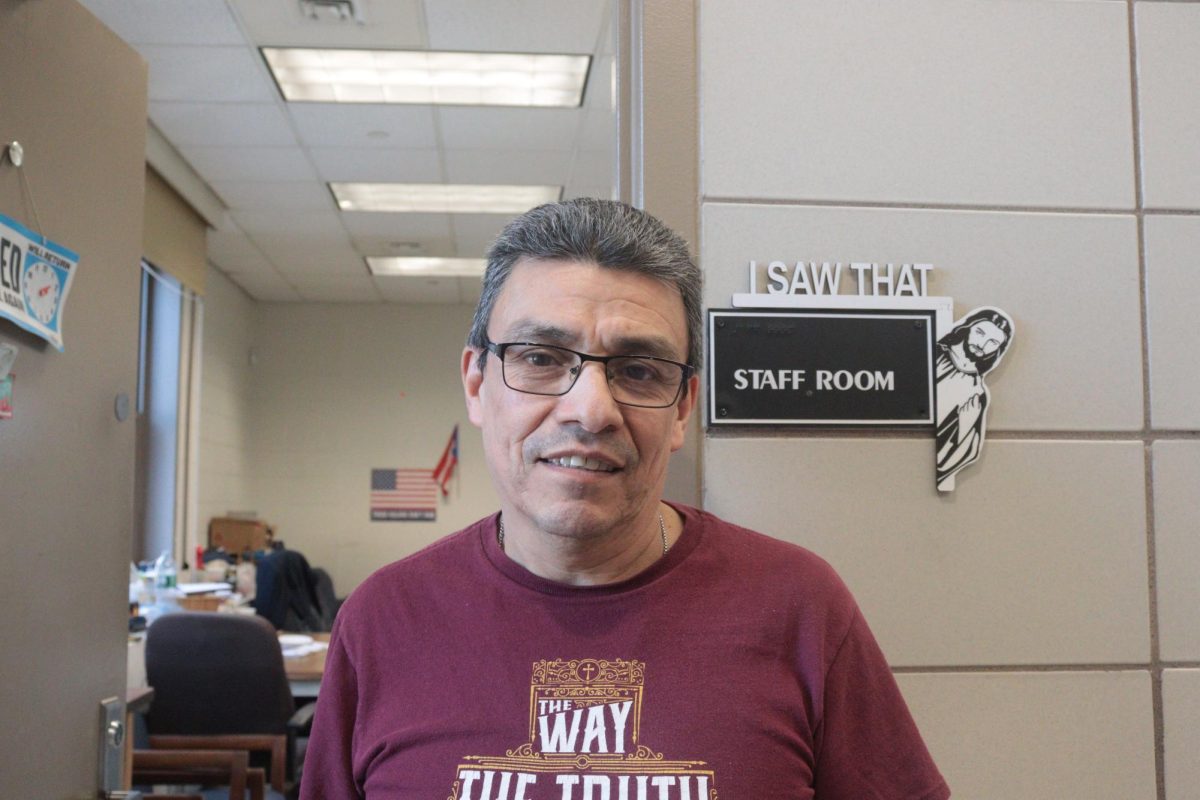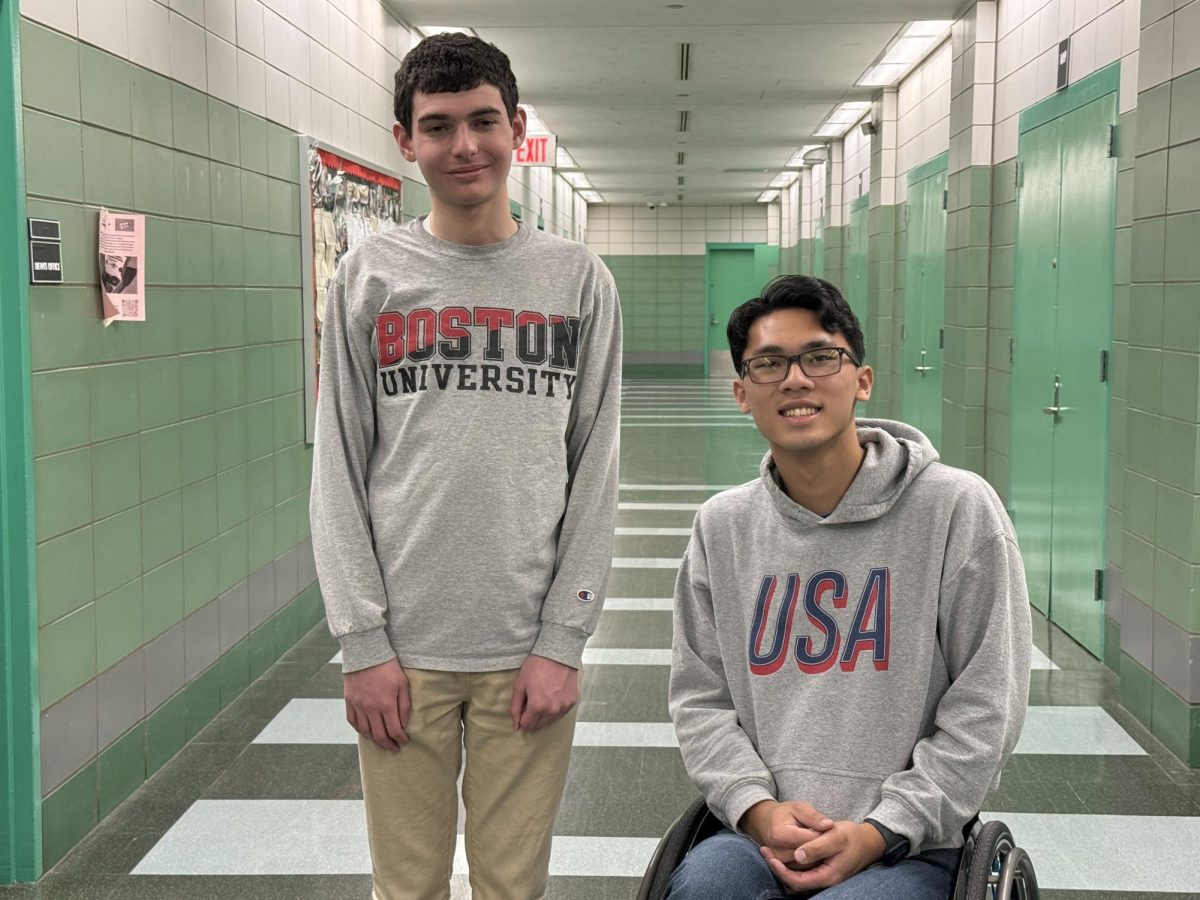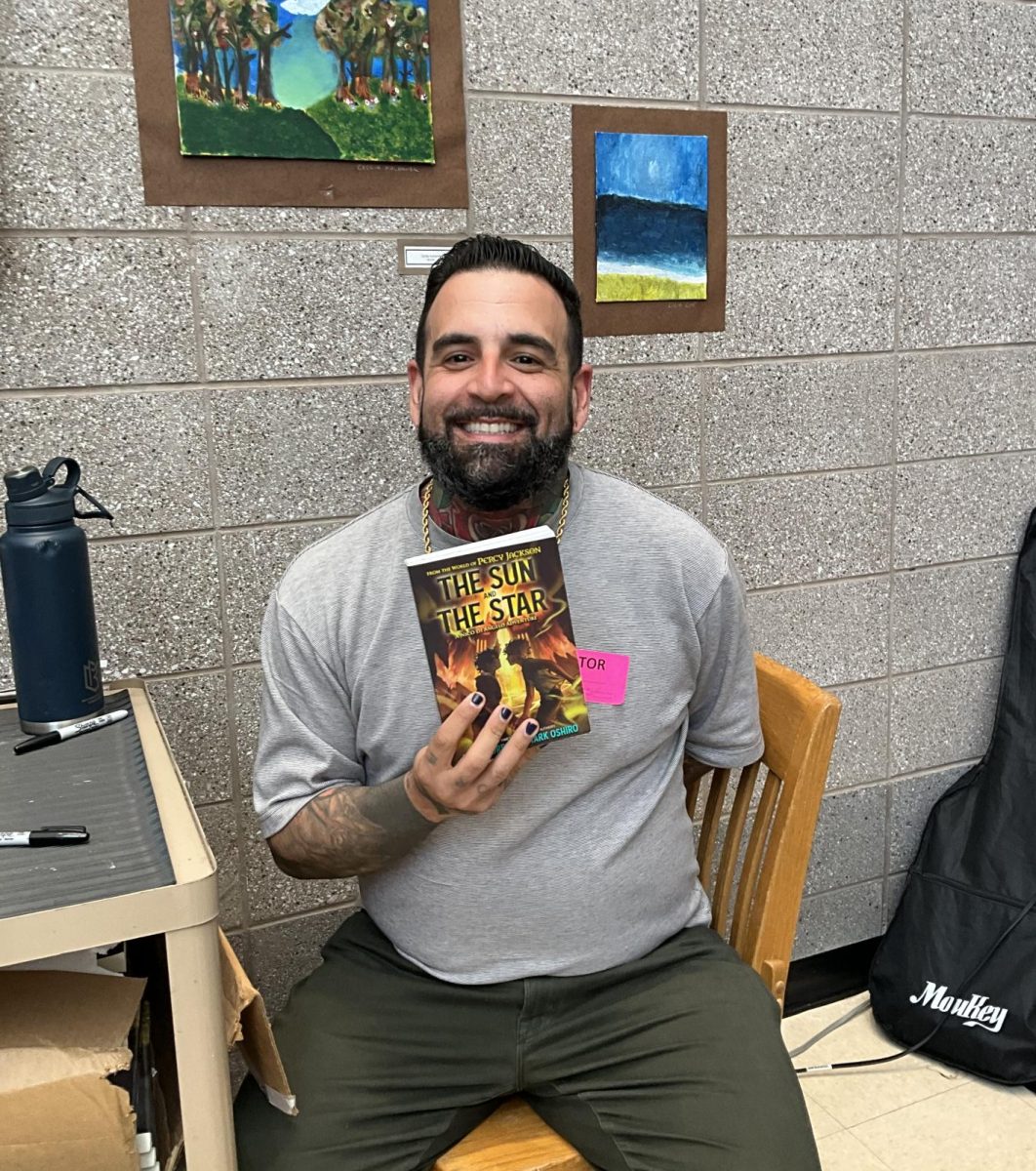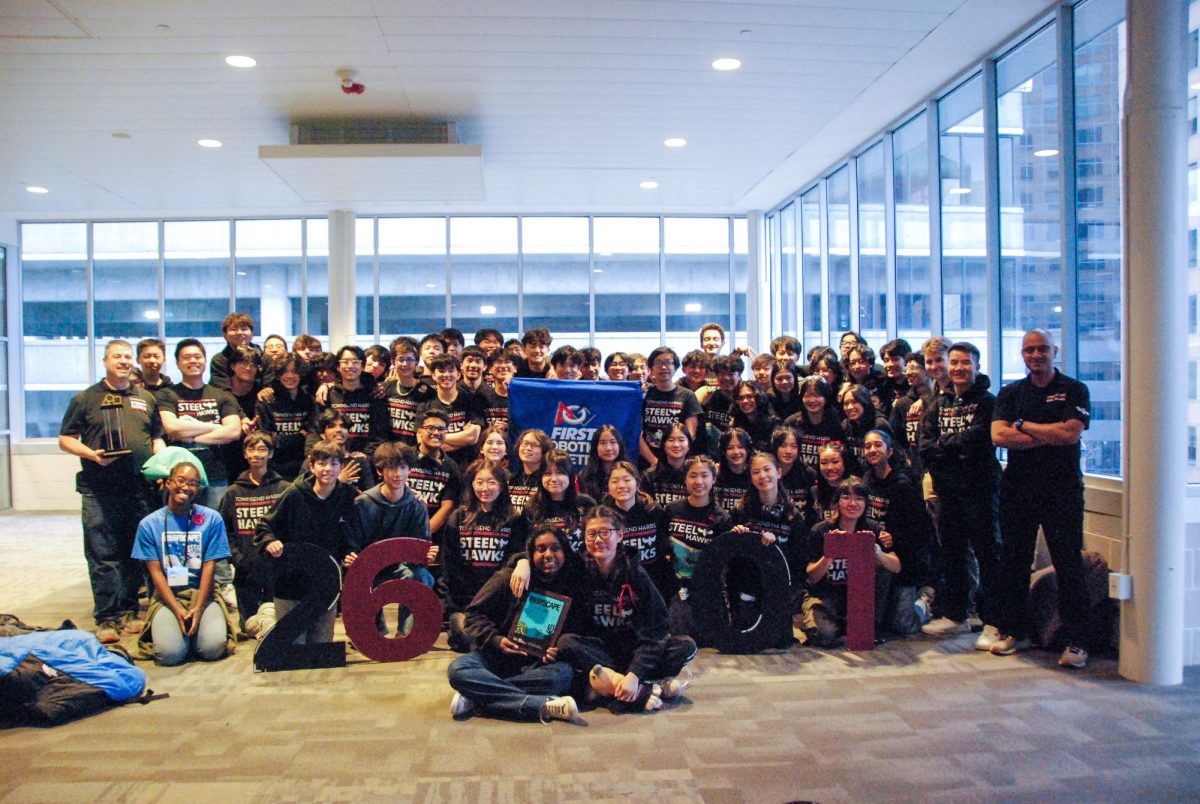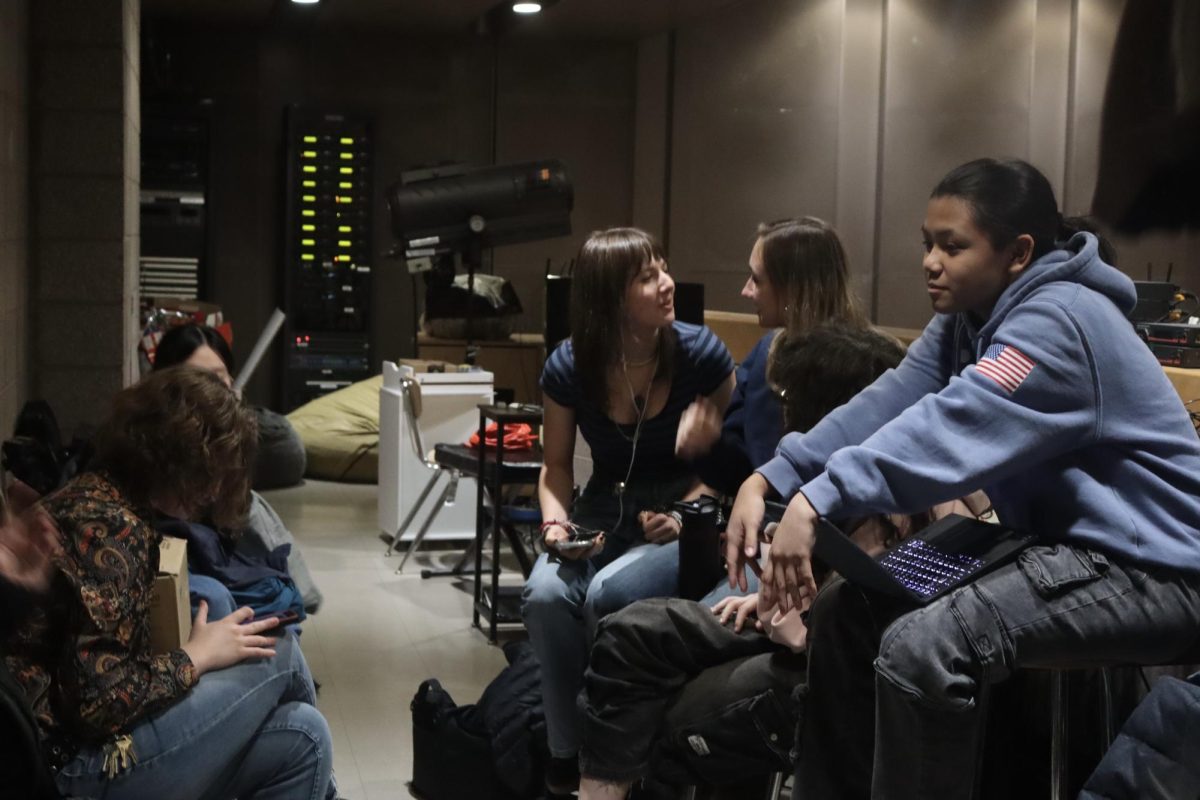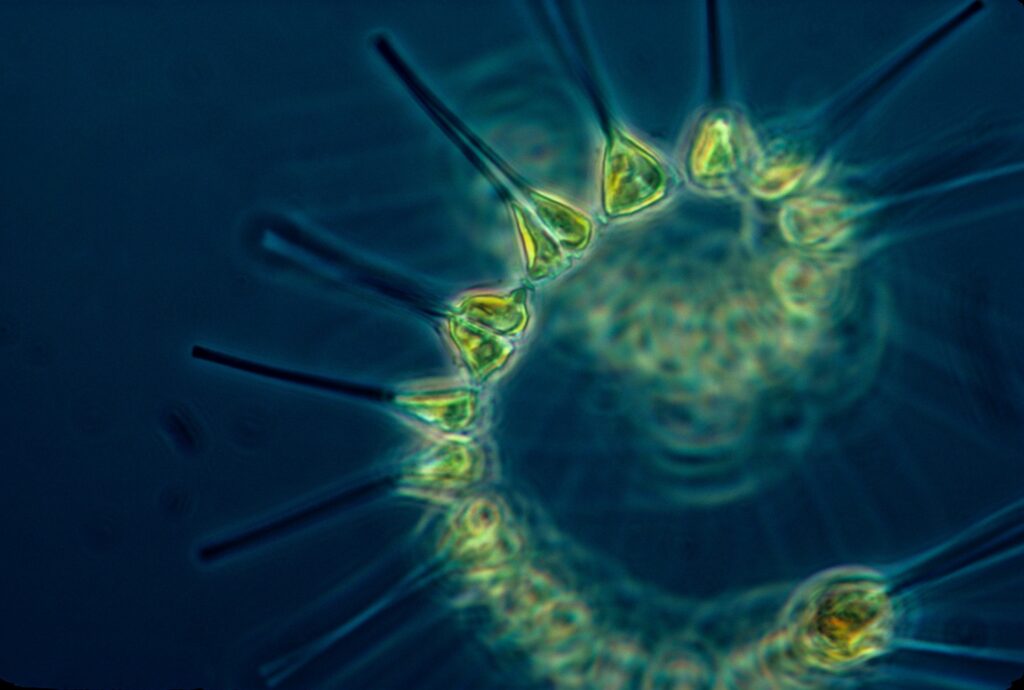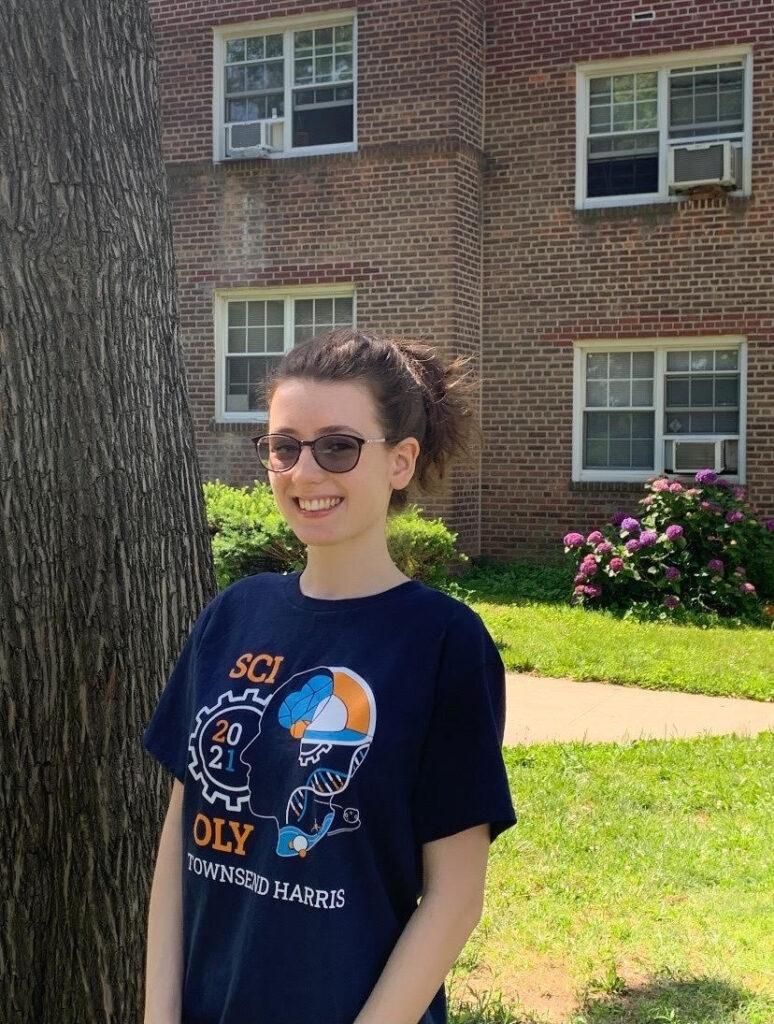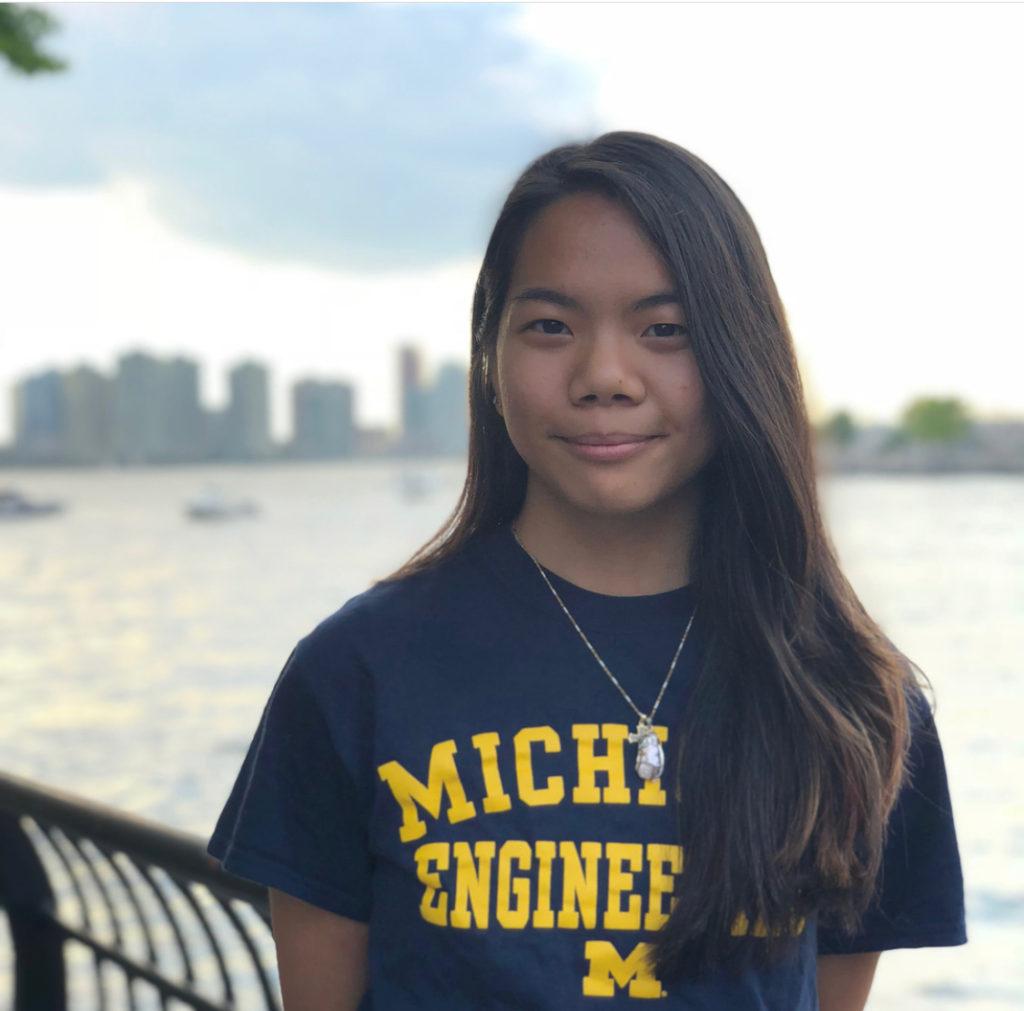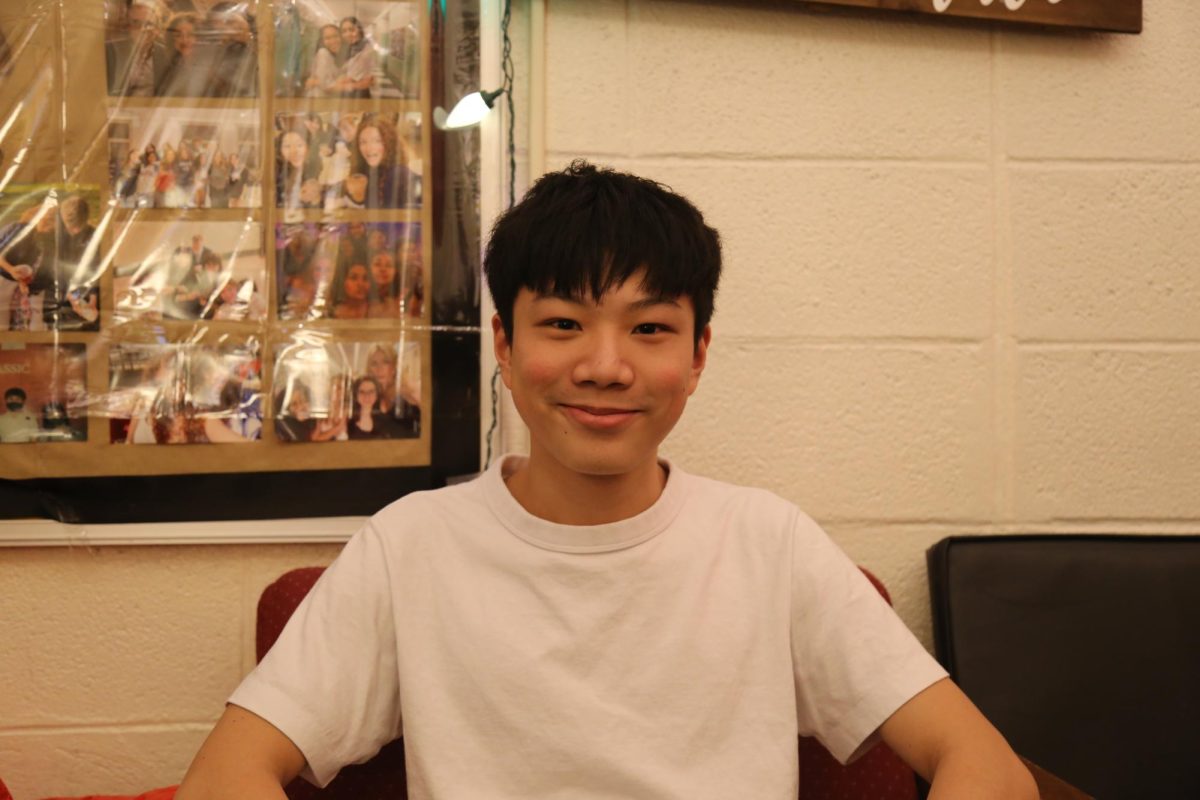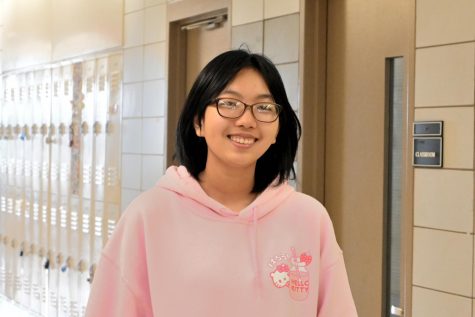
After first developing an interest in chemistry her freshman year, junior Sonia Hasko became enthralled by the sciences. Junior Alisha Ansari, meanwhile, was attracted to a class that would “develop an autonomous and innovative mindset” and “expand [her] knowledge.” When it came time to choose their sophomore elective, the science research program seemed the most compelling choice.
Once students enter their junior year in the program, they must complete an independent research project. For their junior research, “18-Year Trends in Phytoplankton Blooms and Associated Physical Variables in New York and San Francisco Estuaries,” Sonia and Alisha worked together to analyze satellite measurements of chlorophyll-a concentrations, fluorescence line height, sea surface temperature, and salinity to detect patterns. The project placed first at the Junior Science and Humanities Symposium Semifinals and was selected as a Regional Finalist.
Phytoplankton are paramount to the health of an ecosystem as they form the basis for most aquatic food webs and sequester carbon dioxide through photosynthesis. Through studying their bloom patterns, it is possible to indirectly observe environmental health of a given area. However, prolific blooms can be damaging to ecosystems through eutrophication. That is to say, a body of water can become excessively rich in nutrients due to pollution, which then proliferates dense algal blooms from the phytoplankton that are damaging to animal life.
“The myriad pollutants associated with our society have devastating impacts on aquatic ecosystems. For instance, estuaries, which we focused on, experience nutrient pollution that originates from farms or water treatment plants, alongside other sources. This encourages excessive nutrient concentrations, and ultimately, oxygen dead-zones and harmful algal blooms,” Sonia said. “Far from a distant worry, estuaries are a source of recreational, scientific, and practical use on which humans and wildlife rely.”
“This is critical because we needed to use these findings to better explain phytoplankton associations with climate change and identify which phytoplankton populations need the most surveillance and monitoring,” Alisha said.
The urgency of the research matter founded the inspiration for the project. When Sonia met research scientists at a virtual career day and learned about this type of research, she “was hooked.” “Learning about the importance of phytoplankton in our ecosystems and how pollutants cause eutrophication made the research seem much more urgent,” she said.
While working on the project, the importance of this research was only further highlighted. “Climate change and pollution are not simple,” Sonia said. “Without research, there’s no understanding, and without understanding, we cannot hope to alleviate such issues.”
To carry out the project, Sonia and Alisha used many online research databases to search for trends based on phytoplankton indicators such as chlorophyll-a concentrations and fluorescence line height. Focusing on two estuaries in New York and San Francisco, both of which house wildlife and provide drinking water to many people, Sonia said, “we downloaded eighteen years’ worth of monthly data, then analyzed it using original Python programs.” Although there were some challenges, such as learning to use computer programming specifically for this project through “incessant trial and error,” the pair was able to make several interesting finds.
They found trends in the effects of location, climate consistency, and more on phytoplankton levels. Coastal areas consistently showed more phytoplankton blooms than oceanic areas, most likely due to its larger exposure to pollution. Greater increases in sea surface temperature levels and hurricanes also contribute to more drastic changes with phytoplankton. These phenomena are only intensified by climate change. Alisha said, “we needed to use these findings to better explain phytoplankton associations with climate change and identify which phytoplankton populations need the most surveillance and monitoring.”
Given the complexity of projects students usually pursue, science research participants are encouraged to find mentorship from a professional scientist. With the help of their mentor, Dr. Sarah Rosengard, an oceanographer and Assistant Professor of Environmental Chemistry at the School of the Art Institute of Chicago, Sonia and Alisha were able to find the right resources and garner the needed background information to execute the project.
Sonia said, “There are so many datasets on the internet but few that met all our criteria, so [our mentor] was instrumental in helping us narrow those down, in turn also guiding us to a more focused research question.”
“Working with a mentor who was willing to lead us through all of the challenges was a true honor,” Alisha said.
In addition to the help from Dr. Rosengard, Alisha was also grateful for the help received from her science research teachers. “Our teachers, Ms. Cooper and Ms. Brustein, were truly dedicated in helping us fulfill this study in the best way possible,” she said. “The class experience on its own was insightful because we not only learned how to do analysis and research, but we also learned important presentation, composition, and team skills.”
All together, this experience allowed them to, “[gain] invaluable insight into how real researchers work and what research means to humanity,” encouraging further questions and research, Sonia said. Alisha said she feels, “very proud of the outcome of this project, particularly given that it was my first time conducting such complex independent research.”
Discover more from The Classic
Subscribe to get the latest posts sent to your email.



